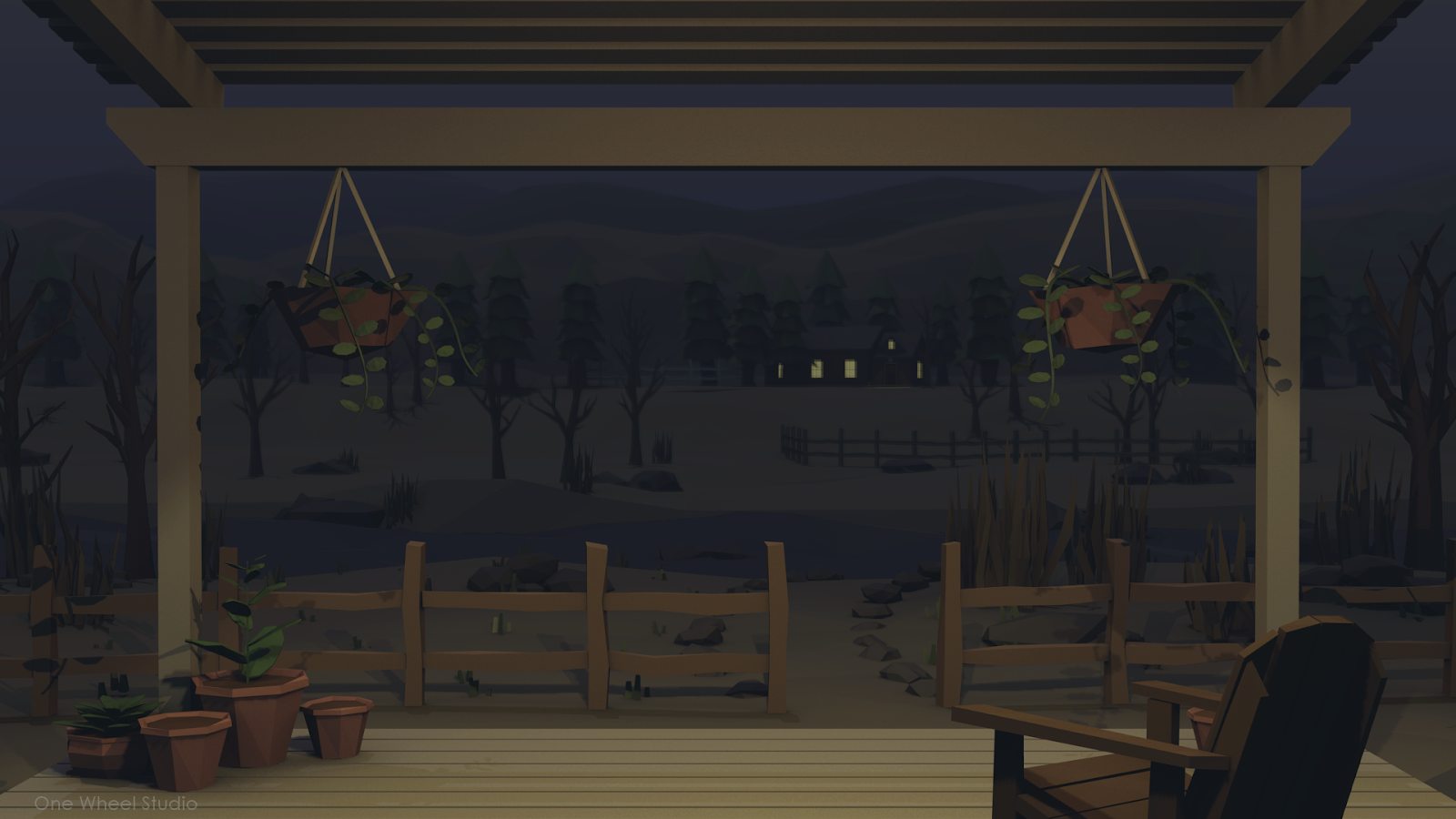Low Poly Renders
/Two years ago, I talked my school into allowing me to teach an intro game development class. I still can't believe it and I get a huge grin on my face when I think about how lucky I am. This fall I convinced folks that I should be allowed to run a week long intensive course about making low poly renders with Blender...
Sure I've done enough "box art" for Fracture the Flag to know the basics and produce work that's "good," but I've spent almost no time making non-game art.
Oops.
So in my game dev course I assigned a project where the students had to make box art for a new game. Basically an excuse to work more with Blender and dig a bit deeper into the program. The first part of the assignment was to find a published low poly image and use it as inspiration and guidance.
I joined my students and began to create my own low poly render. I choose Winter Night by Vitaliy Prusakov. I loved the lighting and the simple, but elegant colors.
My result was far from perfect or as tasteful as the original.
 |
| Snowy Village |
Not bad, but I thought I could do better. Those roofs? Where'd the snow on the fences go? The fence rails are too straight...
I was having so much fun I wanted to do another. So I started working on the view from my front door.
The result is (obviously) highly stylized and somewhat idealized. I think its also step up in overall quality.
 |
| Backyard |
Creating these images has been such great practice, not to mention great fun. I'm sure I'll make a few more, but I'm dreaming of getting a similar style into Unity for my next game...
I think I've figured out the light baking and textured needed to make it work at 60 fps and I'm pretty excited about it. It would be such a step up from Fracture the Flag's art work :)






